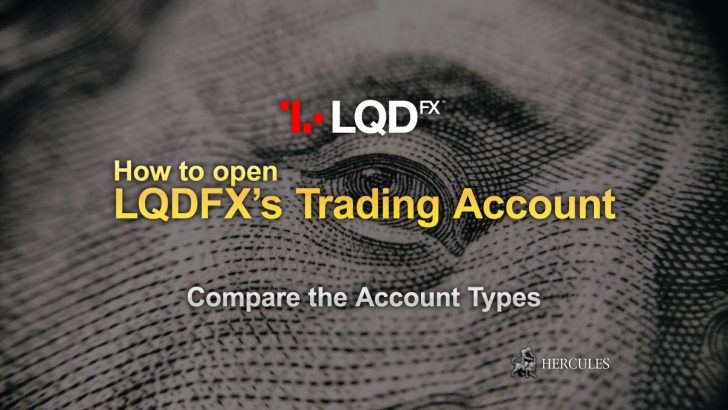Question: What are the rules of Charles Dow's theory?
Over the years, economists have tried to characterize and find patterns in market movements in order to try and predict the markets future movements.
Believe it or not, there are some who managed to develop theories that we used for over 100 years.
One of those economist was Charles Dow, who created the Dow Jones index in 1882 and is considered the father of technical analysis.
The books that he authored in 19th century are considered to this day to be the foundations of technical analysis.
6 rules for the Foundation of Dow’s theory and we know less relevant today than the world he lived.
Following are Dow’s 6 rules that explanations immediately follow.
- The price movement reflects the assets economic data.
- The market movement is comprised of three main theories of Trends.
- Major trend is characterized by 3 transition phases.
- The leading indices must be coordinated by uptrend or downtrend in order to confirm a trend.
- The trading value must confirm the direction of the trend.
- Until proven otherwise, you should be assumed that the trend will continue its original direction.
3 Main Trend Types
According to the theory, the market movement is made up of three main theories of trends.
- Major trend – all the trends appear in the weekly, monthly and yearly time frames. Major Transit trend that has been going on for several months and they continue for 5 years or more.
- Secondary trend – all the trends appearing in the daily time frames. A secondary trend will usually continue for about 2 weeks and they continue for up to half a year.
- Minor Trend – all the trends appearing in the intraday time frames from one minute to several seconds. Minor trends can last for at least a day and be left from up to a month.
3 Trend Transitional Phases
Trends are characterized by 3 transitional phases.
- The accumulation phase – the first phase of a trend. Only the most experienced or professional traders enter the market. For example if the market was in a downtrend this is the point of the experienced traders noticed that the market data is falling and therefore begin to sell.
- The public participation phase – it represents the second and longest phase as in the experienced Traders enter followed by the less experienced Traders. This is also the phase with a trend gains the most strength.
- The Distribution phase – the stage with the Professionals begin buying in the first phase, realize that the trend is about to reverse and realize their gains. There followed by other traders, who close their trades thus reversing the trend.










